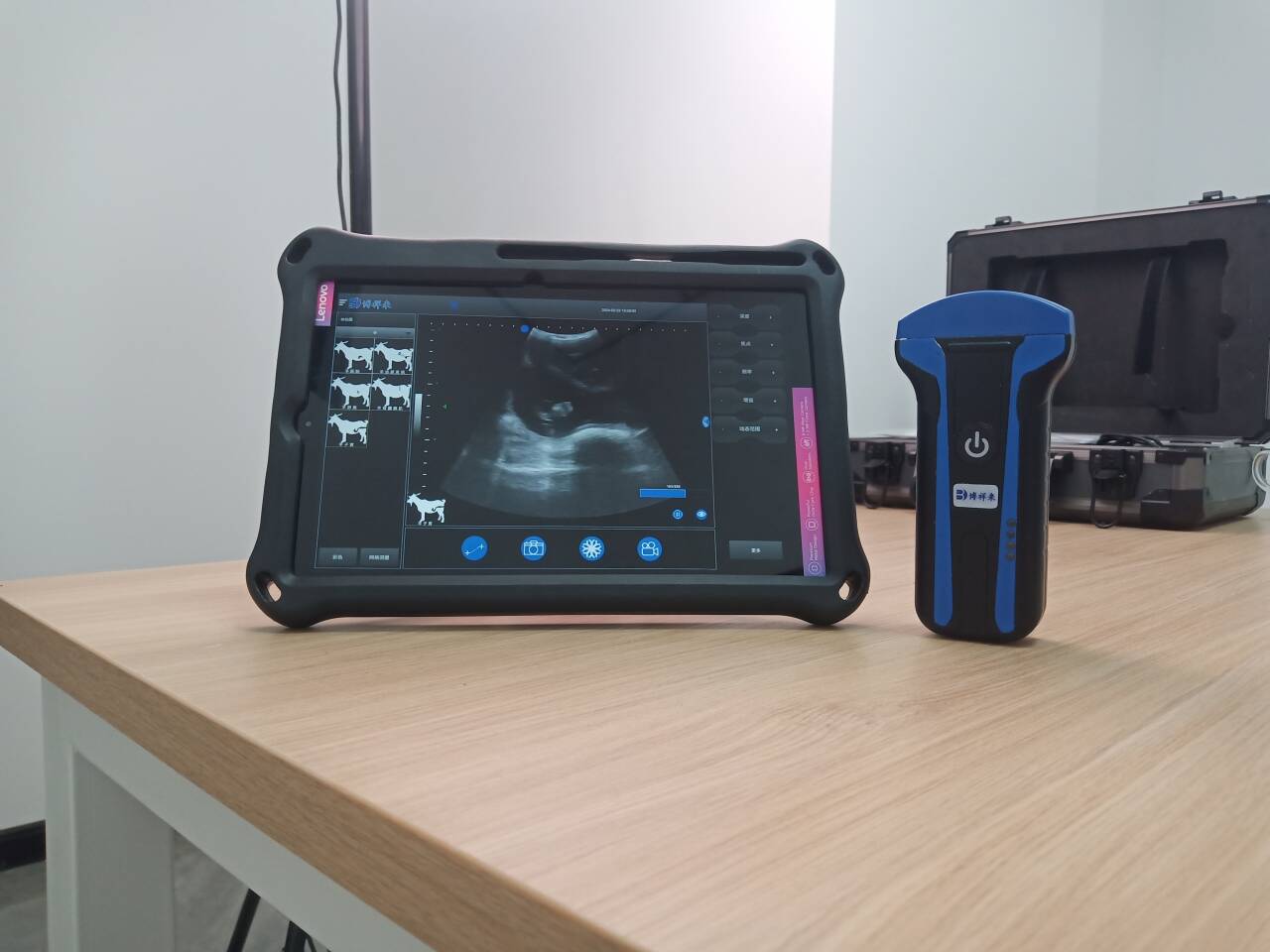An animal ultrasound machine is an essential tool in veterinary medicine, enabling accurate and non-invasive diagnostics for pets, livestock, and wildlife. Whether you are a veterinarian running a private practice or a farmer managing livestock health, investing in an ultrasound machine is crucial. Understanding the price of animal ultrasound machines and the factors that influence their cost can help you make an informed purchasing decision.

In this article, we will explore the average cost of animal ultrasound machines, the factors that impact pricing, and how to choose the right device for your practice or farm.
Average Price of Animal Ultrasound Machines
The price of animal ultrasound machines varies depending on several factors, including the type of machine, brand, and imaging capabilities. On average, here is a breakdown of typical prices:
- Handheld Ultrasound Machines: $2,000 - $6,000
- Portable Ultrasound Machines: $5,000 - $20,000
- Advanced Veterinary ultrasound Machines: $20,000 - $50,000+
These price ranges reflect the type of machine and its functionality. Handheld and portable machines tend to be more affordable, while high-end models designed for advanced diagnostics in larger animals may come with a higher price tag.
Factors That Affect the Price of Animal Ultrasound Machines
Several key factors influence the price of veterinary ultrasound machines. Understanding these factors will help you determine which machine fits your budget and needs.
1. Type of Machine
- Handheld Ultrasound Machines: These are compact, lightweight devices ideal for quick, basic scans. Handheld models are more affordable but may not offer the same imaging quality or advanced features as larger systems.
- Portable Ultrasound Machines: More robust than handheld models, these are still relatively compact but offer higher imaging resolution and greater versatility. They are a popular choice for veterinarians who need mobility but still require high-quality imaging.
- Advanced Veterinary Ultrasound Systems: These machines are typically used in larger practices or veterinary hospitals. They offer the highest resolution imaging, advanced diagnostic tools, and compatibility with multiple probes for different applications. Their higher cost reflects these advanced capabilities.
2. Imaging Capabilities
The quality of the imaging significantly impacts the price. Machines with higher resolution, Doppler capabilities, and 3D/4D imaging options will cost more. For example, devices with Doppler ultrasound allow for detailed assessment of blood flow, which is crucial for cardiac and vascular exams in animals.
3. Probes and Transducers
Different types of probes (or transducers) are used for various diagnostic purposes, and the inclusion of multiple probes can increase the price of the machine. Common probe types include:
- Linear Probes: Best for superficial imaging like tendons and skin layers.
- Convex Probes: Used for deep organ imaging in larger animals.
- Microconvex Probes: Ideal for small animals, such as cats and dogs, allowing for detailed imaging of organs and tissues.
Purchasing a machine with multiple or interchangeable probes will raise the overall cost but also expands the machine's diagnostic capabilities.
4. Brand and Manufacturer
The brand and manufacturer of the ultrasound machine play a major role in pricing. Established brands like BXL tend to be more expensive due to their reputation for producing high-quality, reliable devices. However, they also offer better customer support, training, and warranties, which can be important for long-term use.
5. New vs. Used Machines
Buying a used ultrasound machine can significantly reduce costs, often by 20-50% compared to new devices. Many refurbished machines are in excellent condition and come with warranties, making them a budget-friendly option. However, buying used may mean fewer features or shorter warranties than a new model.
How to Choose the Right Animal Ultrasound Machine
Choosing the right animal ultrasound machine for your practice or farm depends on several factors, including the type of animals you work with, your diagnostic needs, and your budget.
1. Type of Animals
- If you work primarily with small animals (dogs, cats), a portable machine with microconvex or linear probes will suffice.
- For large animals like horses or livestock, look for a machine that can handle deep imaging with convex probes.
- Mixed practices may need a versatile system with interchangeable probes to handle a wide range of diagnostics.
2. Frequency of Use
Consider how often you will use the machine. If you require frequent or daily use, investing in a higher-end machine with durable build quality and reliable support is essential. For occasional use, a budget-friendly or refurbished model may be more practical.
3. Diagnostic Needs
- If you need basic imaging for pregnancy detection in livestock, a handheld or lower-cost portable machine may be sufficient.
- For more advanced diagnostics like cardiac exams, look for a machine with Doppler capabilities and high-resolution imaging.
4. Portability
For mobile veterinarians or farmers who need to move between locations, portability is key. Look for a machine that is lightweight, has a long battery life, and is easy to transport without sacrificing image quality.
Conclusion
The price of an animal ultrasound machine can vary greatly depending on the type of machine, imaging capabilities, and brand. Handheld models start around $2,000, while advanced machines designed for larger practices can cost upwards of $50,000. Understanding your diagnostic needs, the type of animals you work with, and your budget will help you choose the right ultrasound machine for your practice.
Whether you’re a veterinarian, farmer, or animal health specialist, investing in the right animal ultrasound machine can significantly improve your diagnostic capabilities and enhance the care you provide to your animals.
tags: animal ultrasound machine priceveterinary ultrasound machine costportable animal ultrasoundaffordable veterinary ultrasound


